Join the Sailing Yacht Solar Community!
- Harness the Sun’s Energy: Learn from experienced sailors and optimize solar power for your yacht.
- Get Expert Advice & Support: Ask questions, share experiences, and troubleshoot challenges.
- Sustainable Yachting: Discover eco-friendly solar panels solutions for sailing yachts.
Sailboat Solar Setup
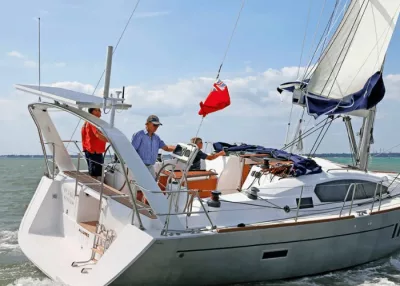 We’ve successfully installed solar systems on both a sailing yacht and a large houseboat, equivalent to a small off-grid house. Particularly with the houseboat, and to a lesser extent with the yacht, we found that our suppliers often failed to ask the right questions, leading to costly mistakes. There’s also some uncertainty surrounding the optimal installation of lithium house batteries. Our goal is to empower you with a deeper understanding of solar systems for sailboats and help you avoid the pitfalls we encountered by asking the essential questions.
We’ve successfully installed solar systems on both a sailing yacht and a large houseboat, equivalent to a small off-grid house. Particularly with the houseboat, and to a lesser extent with the yacht, we found that our suppliers often failed to ask the right questions, leading to costly mistakes. There’s also some uncertainty surrounding the optimal installation of lithium house batteries. Our goal is to empower you with a deeper understanding of solar systems for sailboats and help you avoid the pitfalls we encountered by asking the essential questions.
Solar system needs for a mono-hull sailing yacht are relatively straightforward, but space limitations for solar panel installation and modest domestic consumption requirements play significant roles. Catamarans, on the other hand, offer more space for sailing yacht solar panels, and electricity usage is typically higher, possibly including high-consumption appliances like dishwashers.
While we assume that all yachts have one battery setup for engine starting and another for domestic needs. If both banks are lead/acid then the engine alternator can charge both; if you opt for LifePo4 for domestic use, please Contact Us to discuss how best to charge them – your alternator is unlikely to be able to handle the load.
Two ways to buy what you need:
- Select individual products tailored to your specific requirements, with the sections below guiding you through critical considerations.
- Choose from our standard kits and customize with additional options as needed. Our kits always include a solar panel, an MPPT solar controller, and the necessary cables. Optionally, you can include batteries and a smart solar controller that utilizes surplus solar energy to heat water in your boiler.
Choose your products
Most sailing yachts – mono-hull and catamaran – will install rigid solar panels on an arch or other support over the stern. The cost of the support is far greater than that of sailing yacht solar panels, now down to around €150 for 400w. An alternative is putting flexible panels on the bimini, or hung from the pushpit. If space permits, we recommend that Zendure 210w panels sold in pairs. Our advice is to install as much power as can reasonably be accommodated. On a mono-hull, we expect that to be around 800w, and double that on a catamaran.
Simple Controllers.
These devices are connected to your solar array and their sole purpose is to charge your batteries. Two technical controller technologies are offered – PWM and MPPT. The former is cheaper but some 20% less efficient, and we do not advise it.
Our chosen suppliers are Epever and Ecoworthy. We have good personal experience with both and they are compatible with both lead/acid and lithium batteries. Capacities run from 20 to 60A and what you need is directly linked to the power output of your solar array. The output of a typical 400w 24v panel is 17A.
Hybrid Controller/Inverters
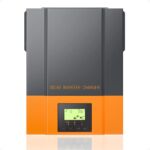
combine the functions of MPPT solar charge controllers, mains charge controllers, and 230v mains inverter in a single, low-cost, easily installed unit. With 12v batteries, the inverter output is however limited to 1500w. The 3 and 5Kw products need to be connected to 48v batteries.
Our chosen suppliers are Epever, EcoWorthy, and GroWatt with all of whom we have personal experience.
THE RIGHT DECISION.
Choose a hybrid inverter if you make extensive use of 230v mains electricity on board. Bear in mind too that 230v devices are usually cheaper than the 12v equivalent and wiring costs much lower.
Our chosen supplier is EcoWorthy; We use their products both on our yacht and our houseboat. They are available in 12 and 48v versions with a capacity of up to 2400w.
We are convinced that yacht house batteries should be LifePo4 lithium, not any of the lead/acid variants. Lithium is smaller, lighter, offers greater discharge tolerance, and is much faster charging, as well as having over double the life expectancy. Before installation, it is essential to check whether your engine alternator can be connected to lithium. It probably cannot. Being able to charge faster than lead/acid means that the current drawn may be greater than your alternator is able to supply without over-heating. There are Sterling Power products presented at the Batteries product page that will manage this difficulty for you. We recommend that you consider the device that charges the domestic lithiums from the lead/acid starter battery. That way the mains charger will also charge your domestic batteries.
Relatively new on the market, we are strong supporters of what they offer in a single compact unit:
- Solar, mains, & battery charge controller
- LifePo4 battery
- Inverter
- AC, DC, & USB outlets
The 2 units best suited to yachts are the Bluetti AC200Max and the Sterling Power “Hardy”.
The AC200Max offers a 2000w inverter with 2048W of storage so covers all on-board electricity needs. The 30A/12v DC outlet can be connected directly to the existing 12v fuse panel, and one of the four AC outlets goes to the existing 220v mains circuit. It can be charged from the solar panels, mains electricity, or (slowly) the engine alternator without the need for a different alternator controller. Storage can be extended with additional batteries and there are other more powerful products from the same manufacturer likely to be of interest to catamaran owners.
The Hardy on the other hand is purpose designed for life afloat. The inverter capacity is greater at 3500Kw, and the engine alternator charges it fast, directly.
Our controllers use surplus solar energy connected to a proprietary digital controller to heat water in yacht water heaters. They turn on when the battery charge level is sufficient (12.6v by default) and the water within a defined temperature range. An optional solar energy detector prevents the device switching on when there is insufficient solar energy. If the unit switches off due to low battery voltage it does not switch on again until the batteries are over 12.6v. Since they only work in those defined circumstances they use solar energy that would otherwise be discarded. Warmly recommended!
12v, 48v, and 220v versions are available powering replacement heating elements of 12v/300w, 48v/600w, or 230v/900w. They have provision for a temperature probe and have the 1 1/4″ thread needed for Quick water heaters – the industry standard.
We advise having at least 400w of solar power and 200Ah of battery power.
Start with a kit
Basic Kit
- 1 x Trina 400w rigid solar panel
- 1 x Epever 60A solar MPPT controller
- 10m cables to connect them.
These are components of which we have personal installation experience. We know they work together each time, every time, first time!
Options
- EcoWorthy LifePo4 batteries – 12 or 48v
- 3S solar water heating system
Although the Epever 60 included in the previous kit has a 60A 12vDC outlet, a simple MPPT controller does not produce mains electricity. This kit includes a hybrid controller/inverter that as well as being an MPPT solar controller is also a 220v inverter providing up to 1500w of mains power throughout the yacht.
Basic Kit
- 1 x Trina 400w rigid solar panel
- 1 x EASun hybrid 1500w solar controller/inverter
- Cabling to connect the two.
Options
- EcoWorthy 12v LifePo4 batteries
- 3S solar water heating system
Based around the Bluetti AC200Max, this is our preferred solution since in a single bow there is the solar MPPT controller, a 2Kw LifePo4 battery, 4 x 220v mains outlets, and a 30A 12vDC outlet. The unit can be charged from solar, engine alternator, or mains. It is therefore a complete solution in a compact box that can be stored safely ashore in winter. The DC out connects to the yacht’s existing DC panel; one of the AC outs to the AC part of that panel.
Basic Kit
- 1 x Trina 400w rigid solar panel
- 1 x Bluetti AC200Max power station
- Cables to connect the two.
Options
- Additional solar panels
- 2Kw extension battery
- 3S solar water heating system
Super Solar Systems has the sailing yacht installation experience to make sure that you buy exactly what is right for your yacht:
Solar panels, MPPT solar controllers, LifePo4 batteries, Smart Solar Controllers, Solar Hot Water
Solar for Sailing Yachts
Next Day dispatch
Delivery in 5 to 7 working days
30 day money back guarantee
Our Selection of Sailboat Solar Products
- Sale!
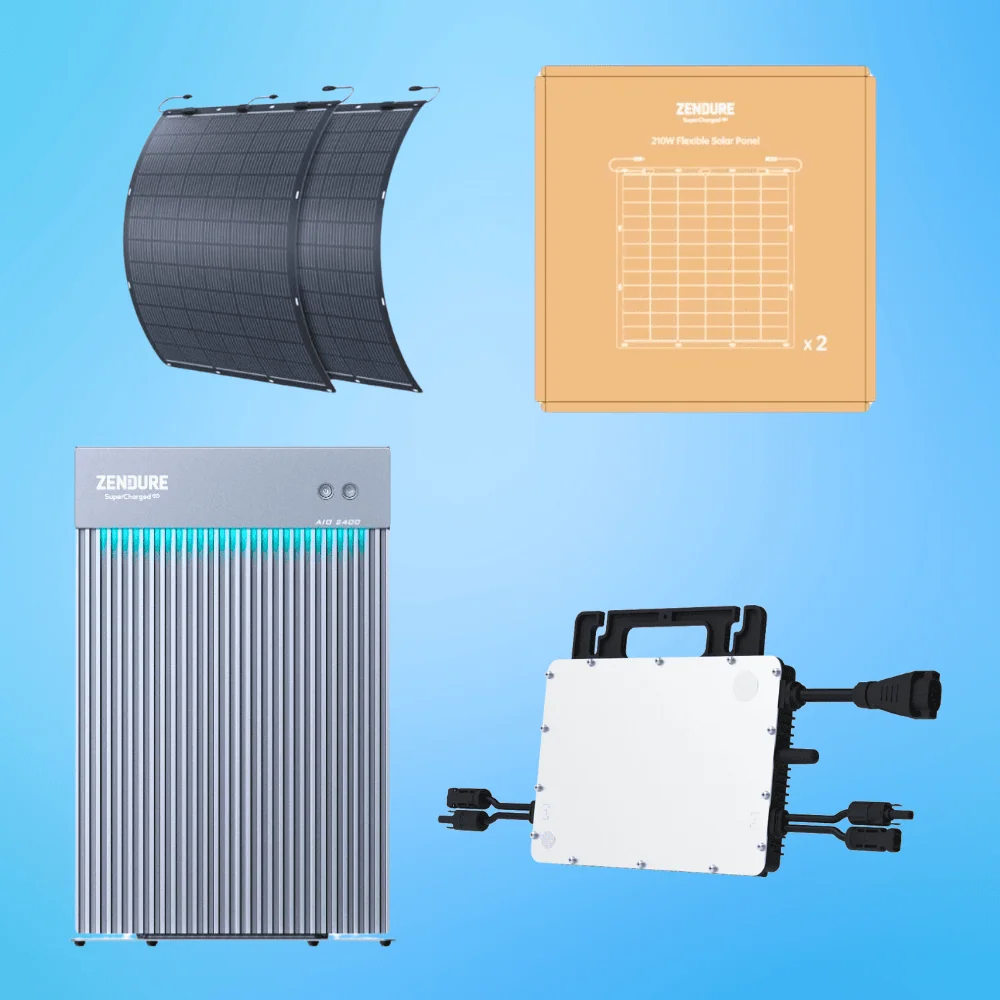
Zendure/Super Solar AIO2400 Power Starter Kit
Balcony Systems, Camper Vans, Flexible Solar Panels, Motorhomes (RVs), Narrowboats, Promoted, Solar Panels, Widebeams, Zendure, Zendure Balcony Systems€2,195.00Original price was: €2,195.00.€1,945.00Current price is: €1,945.00.Balcony Systems, Camper Vans, Flexible Solar Panels, Motorhomes (RVs), Narrowboats, Promoted, Widebeams, Zendure, Zendure Balcony Systems, Solar Panels€2,195.00Original price was: €2,195.00.€1,945.00Current price is: €1,945.00.11% Off
- Sale!
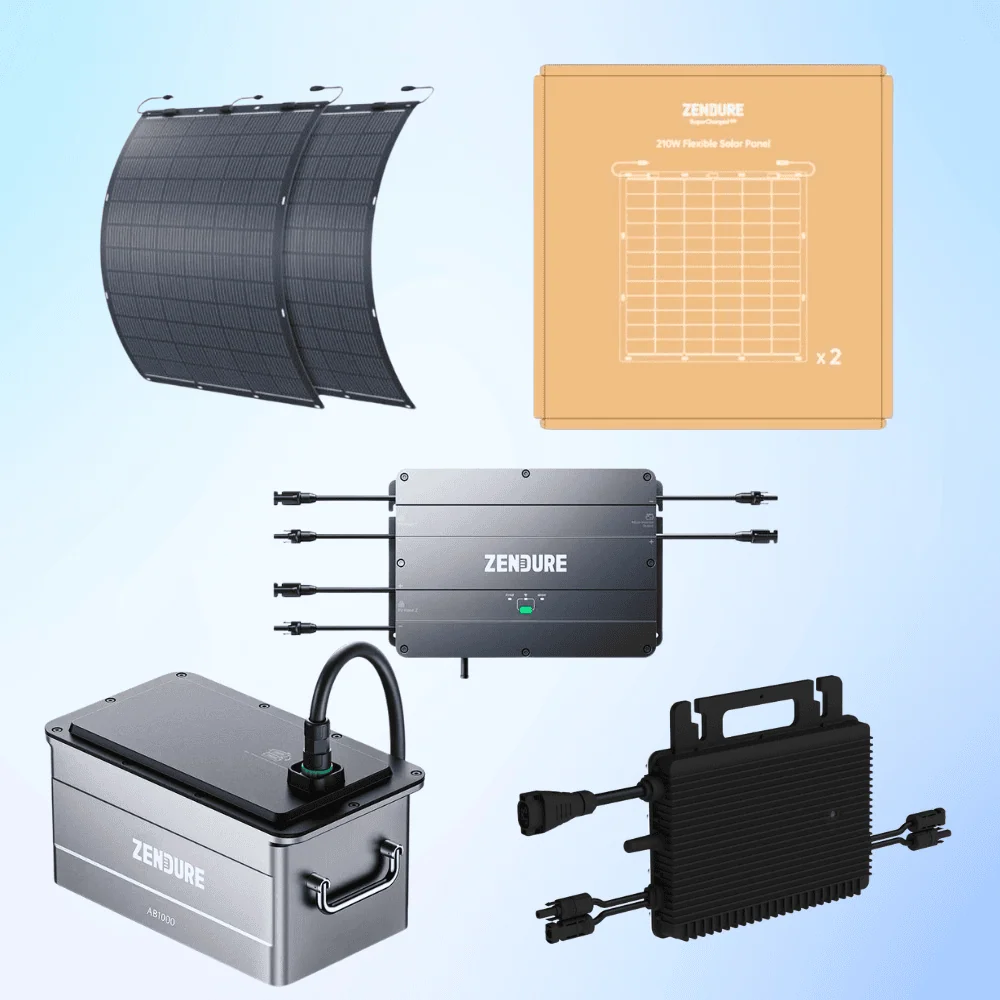
Zendure/Super Solar Power Starter Kit
Balcony Systems, Camper Vans, Flexible Solar Panels, Motorhomes (RVs), Narrowboats, Solar Panels, Widebeams, Zendure, Zendure Balcony Systems€1,395.00Original price was: €1,395.00.€1,295.00Current price is: €1,295.00.Balcony Systems, Camper Vans, Flexible Solar Panels, Motorhomes (RVs), Narrowboats, Widebeams, Zendure, Zendure Balcony Systems, Solar Panels€1,395.00Original price was: €1,395.00.€1,295.00Current price is: €1,295.00.7% Off
- Sale!
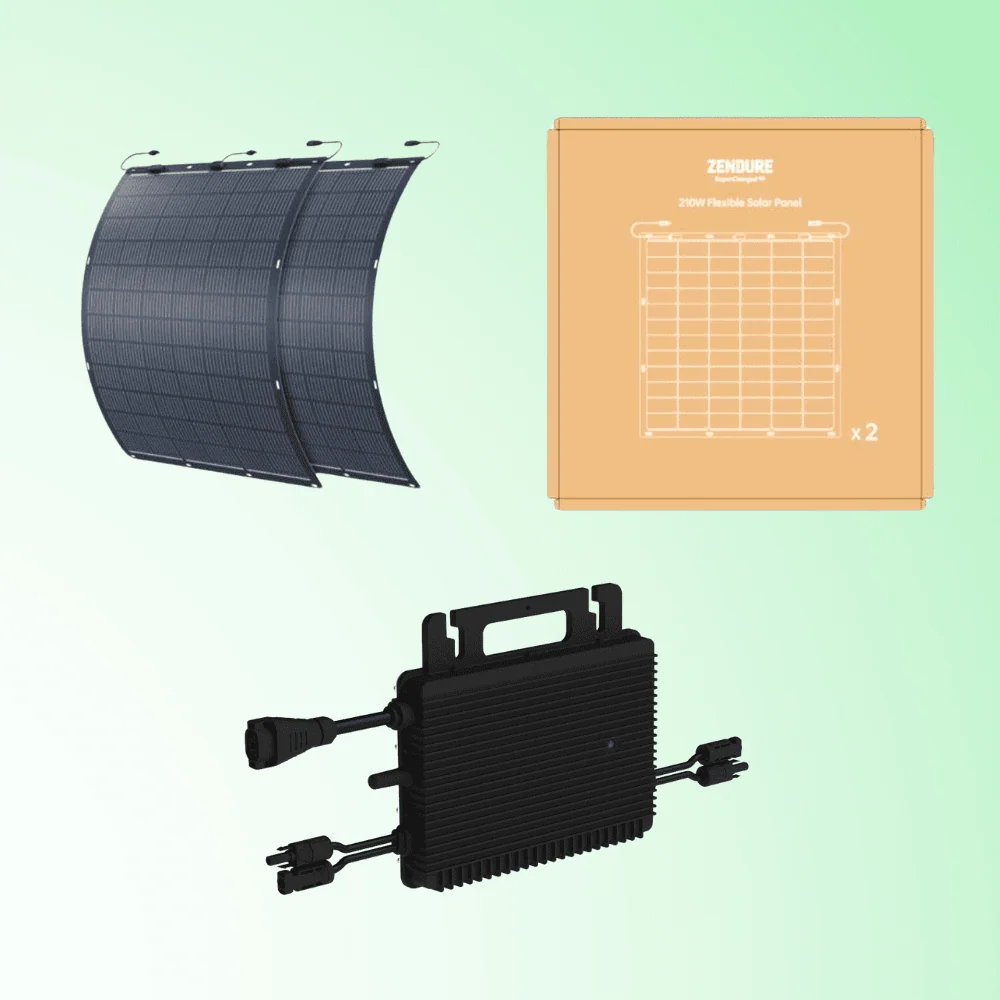
Zendure/Super Solar Starter Kit
€445.00Original price was: €445.00.€395.00Current price is: €395.00.€445.00Original price was: €445.00.€395.00Current price is: €395.00.11% Off
- Sale!
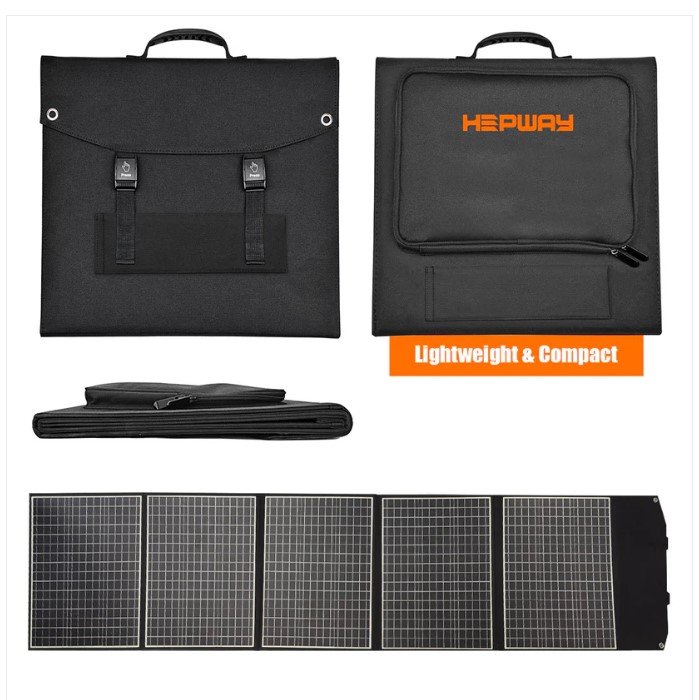
Hepway 200w 36V folding solar panel
€349.00Original price was: €349.00.€299.00Current price is: €299.00.€349.00Original price was: €349.00.€299.00Current price is: €299.00.14% Off
- Sale!
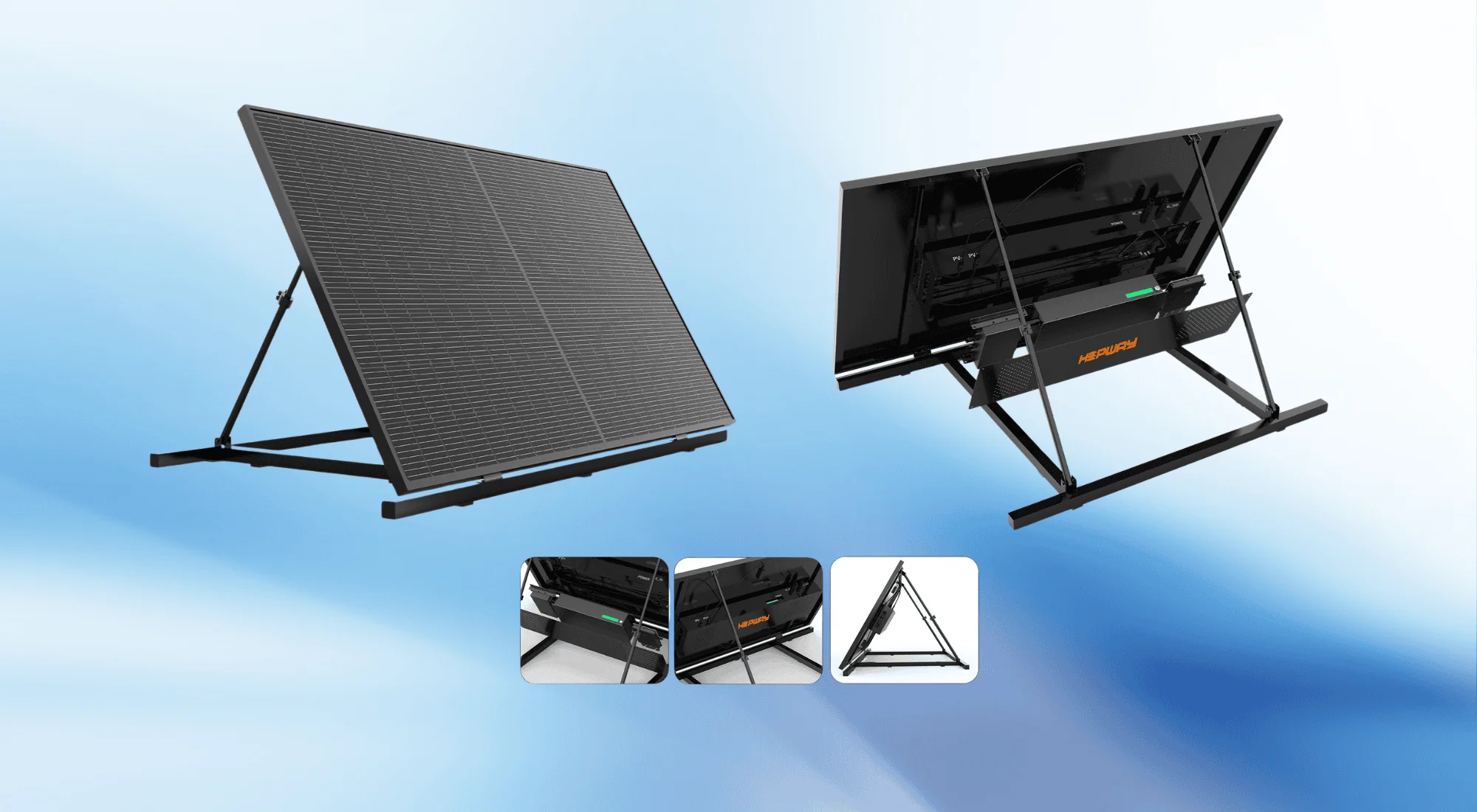
HEPWAY BPIS700 Standalone Solar System Solution
€999.00Original price was: €999.00.€899.00Current price is: €899.00.€999.00Original price was: €999.00.€899.00Current price is: €899.00.10% Off
€1,999.00 – €3,499.00
- Sale!
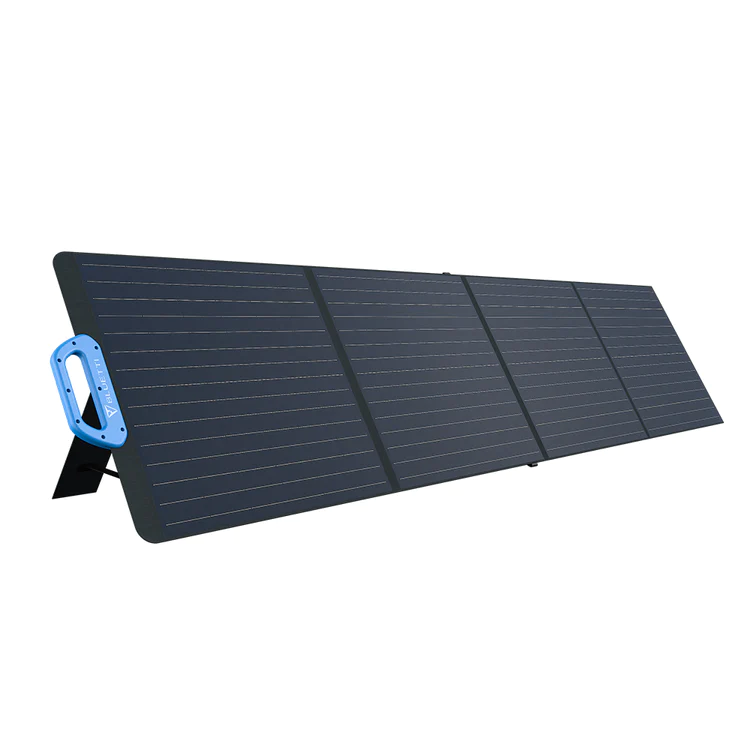
200w Zendure folding solar panel
€429.00Original price was: €429.00.€399.00Current price is: €399.00.€429.00Original price was: €429.00.€399.00Current price is: €399.00.7% Off
€2,999.00 – €4,499.00
€399.00 – €829.00
€199.00 – €1,299.00
€195.00
- Sale!
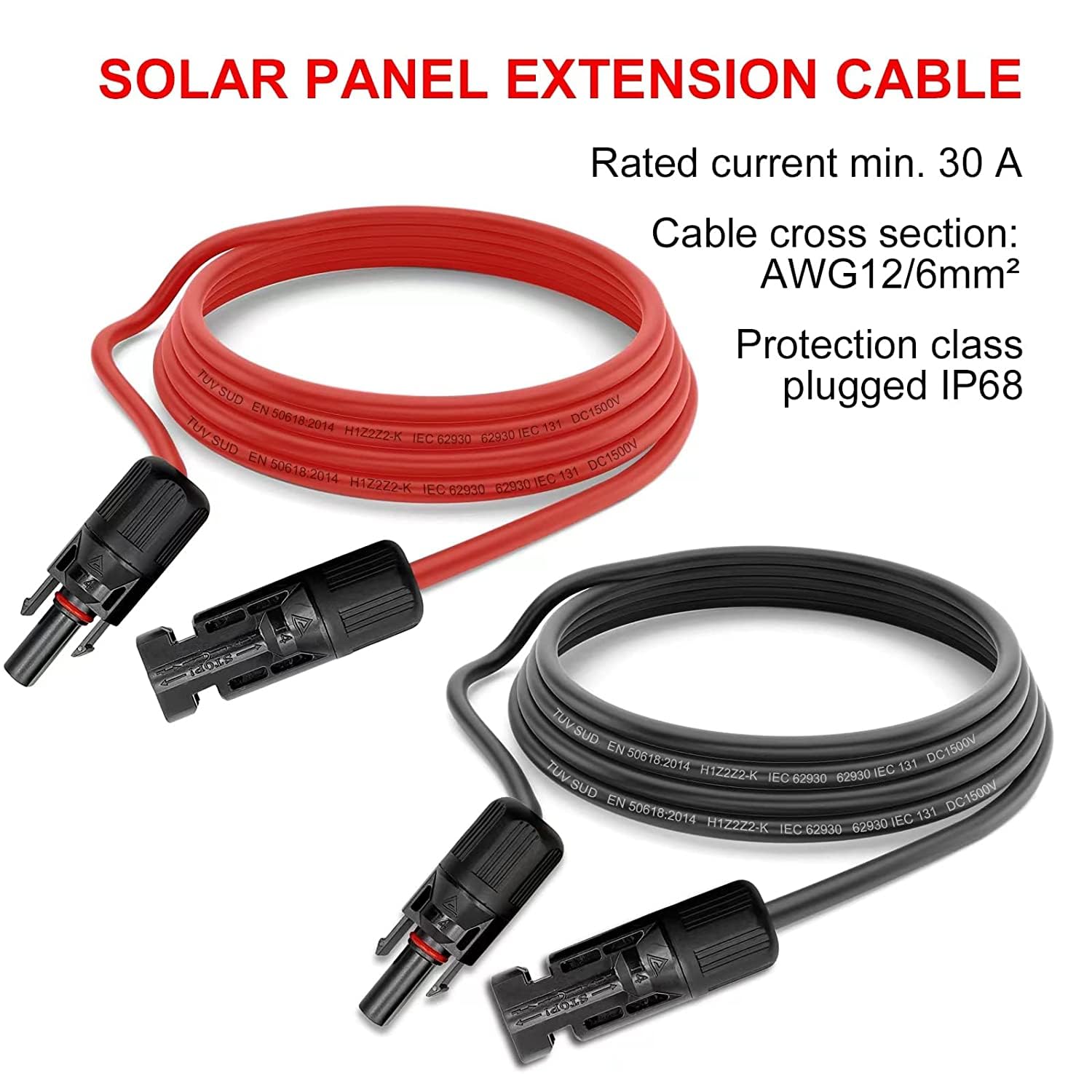
10m solar panel extension cables 6mm
€17.95Original price was: €17.95.€15.95Current price is: €15.95.€17.95Original price was: €17.95.€15.95Current price is: €15.95.11% Off
- Sale!
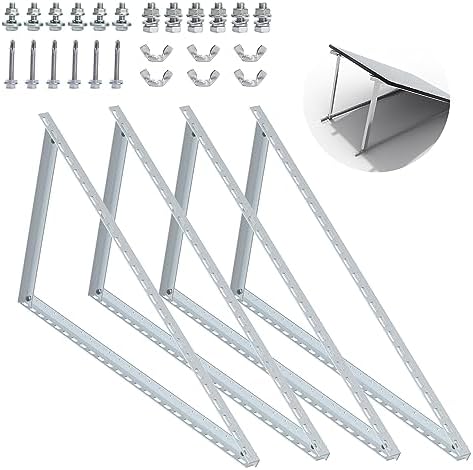
Outdoor solar panel support kit (2 panels)
€99.00Original price was: €99.00.€79.00Current price is: €79.00.€99.00Original price was: €99.00.€79.00Current price is: €79.00.20% Off
- Sale!
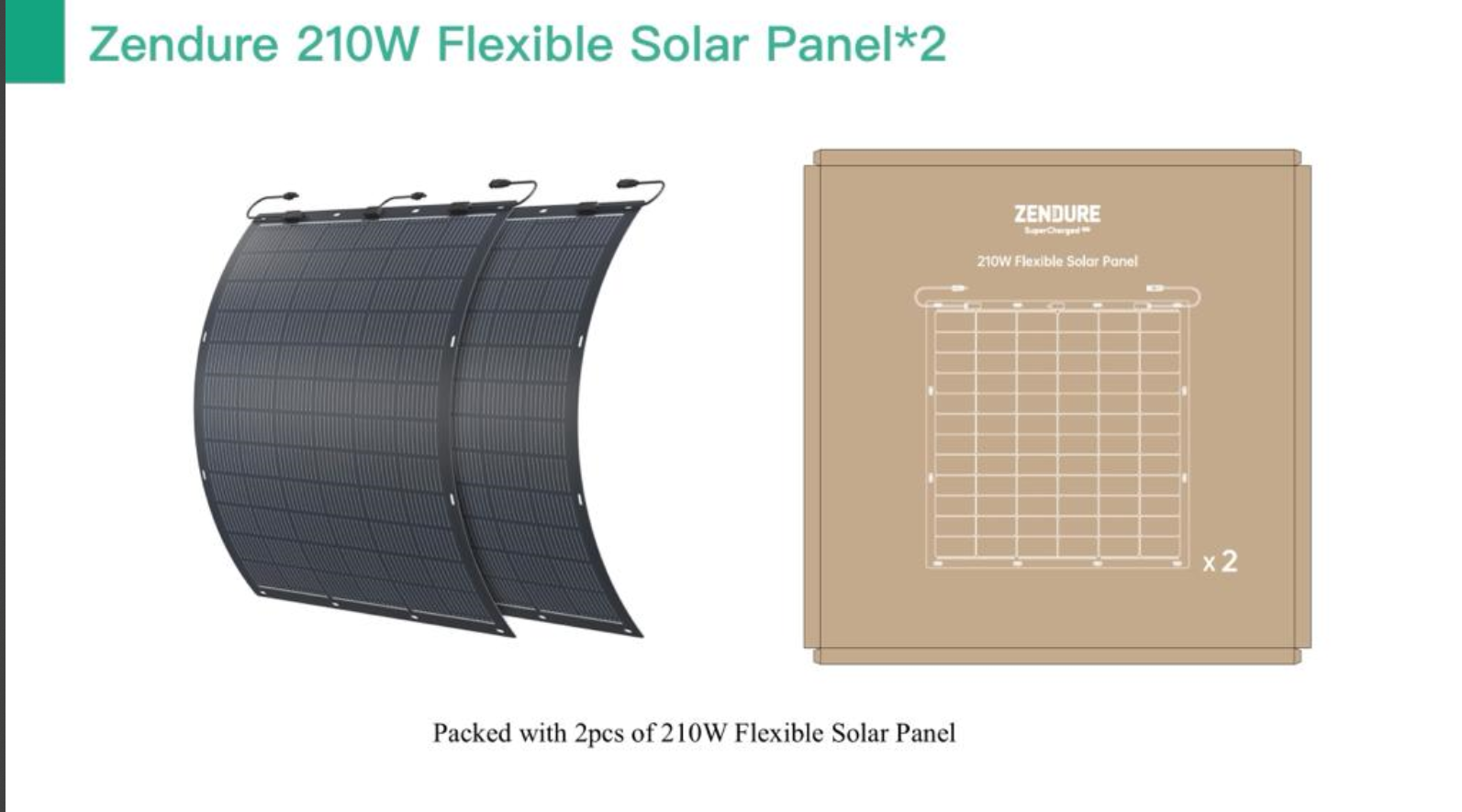
Zendure semi-flexible solar panels (pair)
€325.00Original price was: €325.00.€299.00Current price is: €299.00.€325.00Original price was: €325.00.€299.00Current price is: €299.00.8% Off
- Sale!

Growatt 5Kw Hybrid Contoller/Inverter
€699.00Original price was: €699.00.€599.00Current price is: €599.00.€699.00Original price was: €699.00.€599.00Current price is: €599.00.14% Off
- Sale!
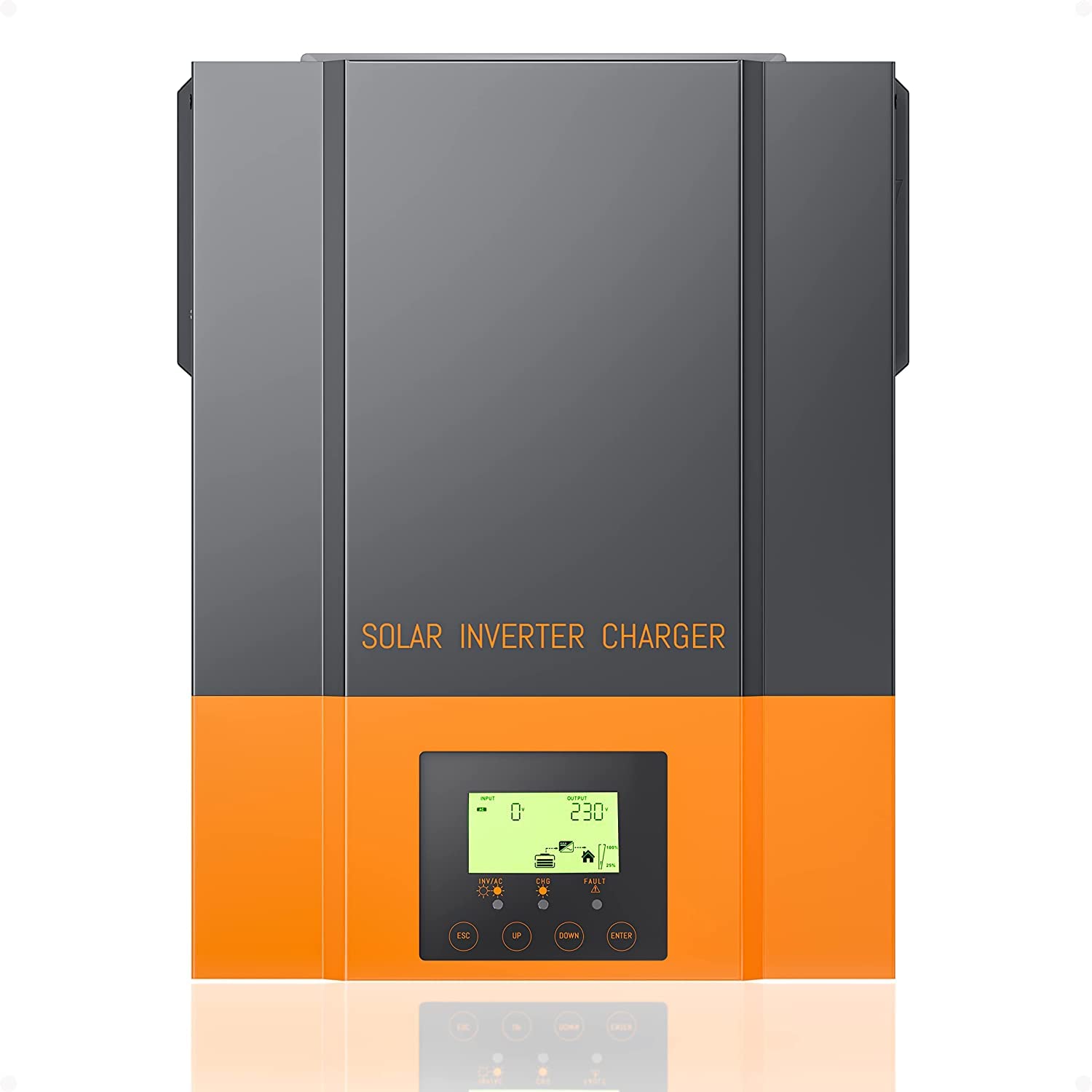
PowMr 12v/1500w Hybrid Inverter
€449.00Original price was: €449.00.€399.00Current price is: €399.00.€449.00Original price was: €449.00.€399.00Current price is: €399.00.11% Off
- Sale!
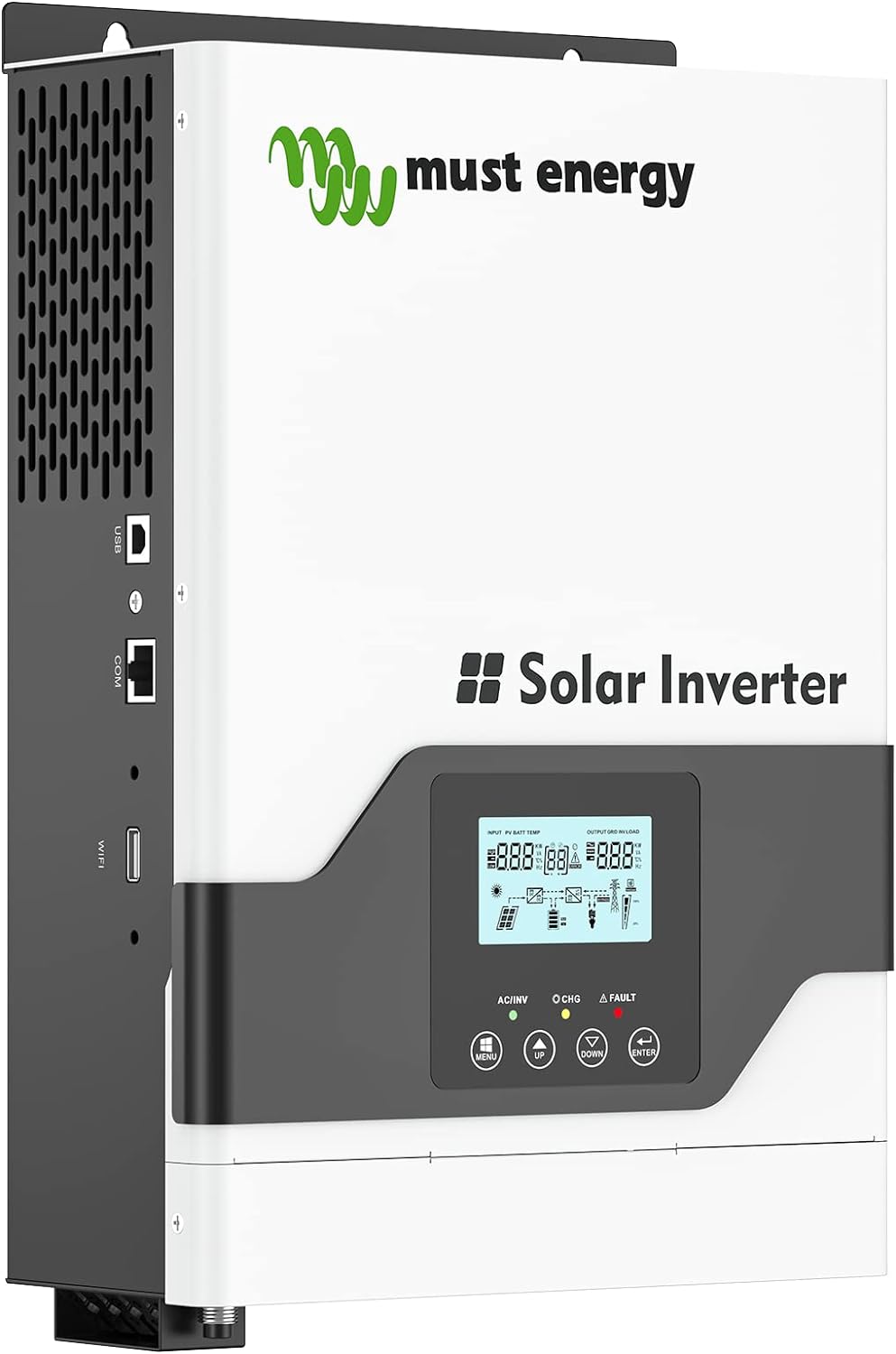
Must Energy 12v/1200w Hybrid Inverter
€369.00Original price was: €369.00.€349.00Current price is: €349.00.€369.00Original price was: €369.00.€349.00Current price is: €349.00.5% Off
- Sale!

350w Bluetti folding solar panel
€849.00Original price was: €849.00.€799.00Current price is: €799.00.€849.00Original price was: €849.00.€799.00Current price is: €799.00.6% Off
- Sale!

200w Bluetti folding solar panel
€449.00Original price was: €449.00.€399.00Current price is: €399.00.€449.00Original price was: €449.00.€399.00Current price is: €399.00.11% Off
€349.00Original price was: €349.00.€299.00Current price is: €299.00.14% Off
Recent News
Plug & Play Solar Systems
Christopher Longmore2024-06-28T18:26:36+01:00WHAT'S NEW IN SOLAR ENERGY SYSTEMS? Originally called "Balcony" systems, better named "Plug [...]
Energy Control & Storage
Christopher Longmore2024-04-22T11:14:04+01:00WHAT ENERGY CONTROL & STORAGE SYSTEM? There are now three ways to manage [...]
Choosing the right batteries
Christopher Longmore2024-04-22T11:22:38+01:00CHOOSING THE RIGHT BATTERIES There are a number of variables [...]
Welcome to Super Solar Systems
Christopher Longmore2024-04-22T11:47:24+01:00Welcome to Super Solar Systems The successor to Green Yachting. [...]




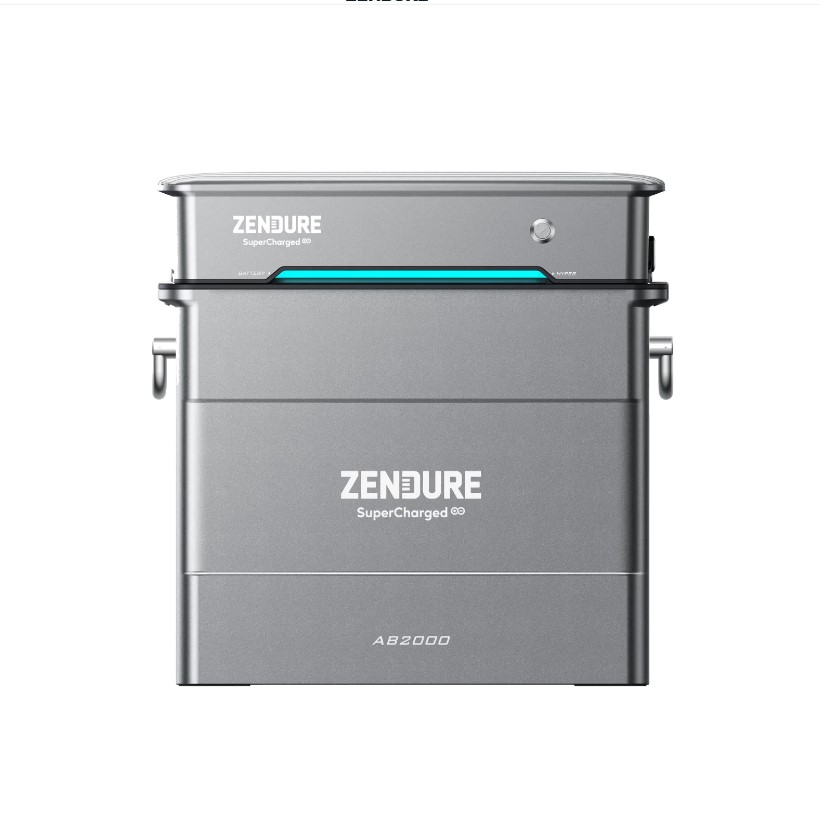

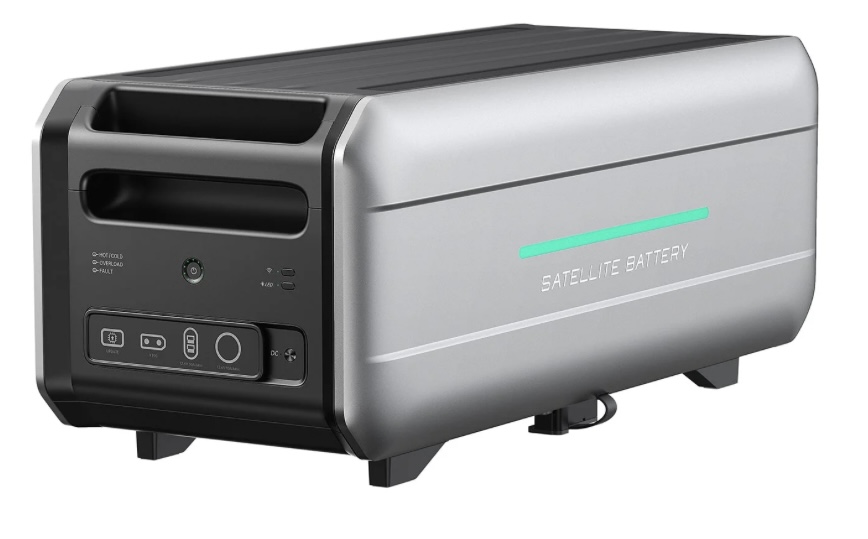
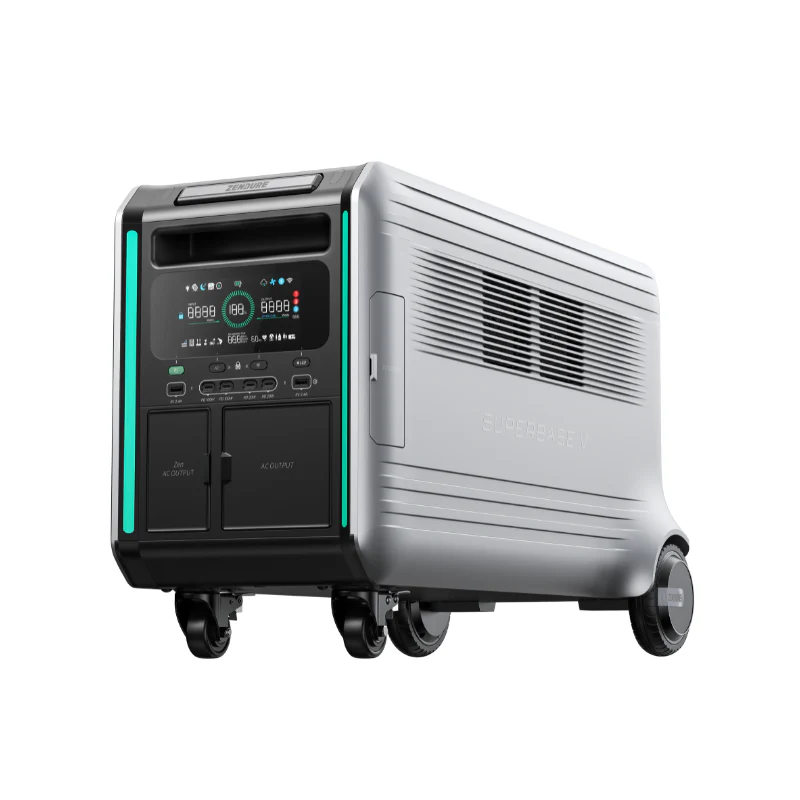
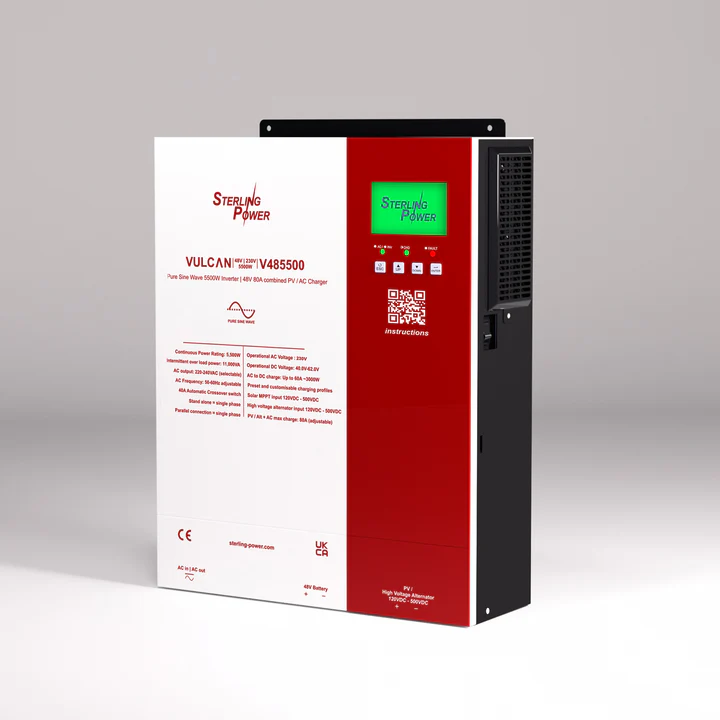
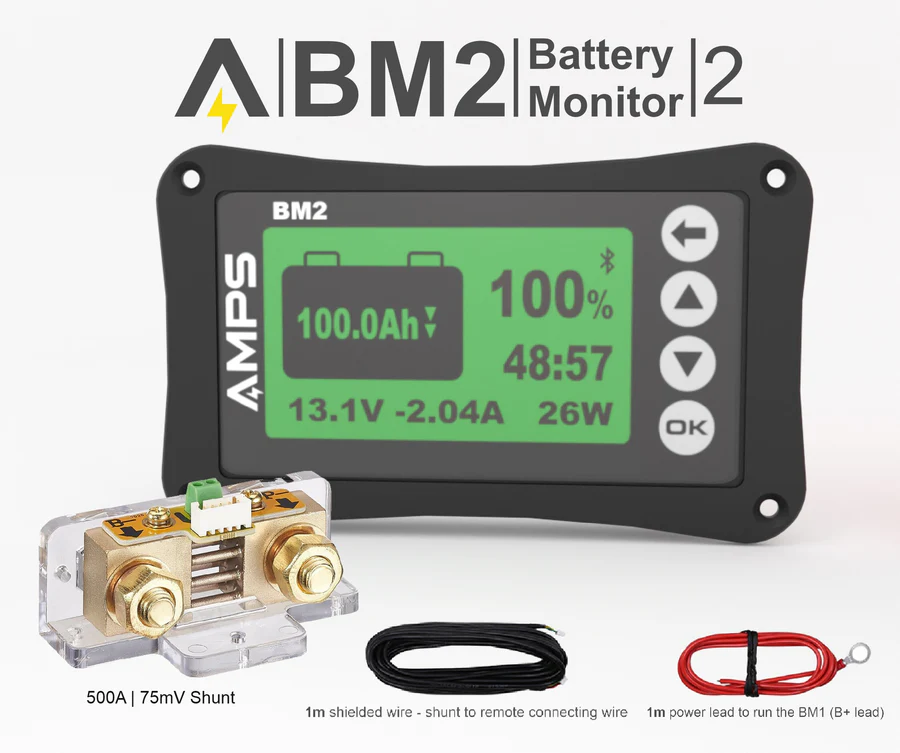
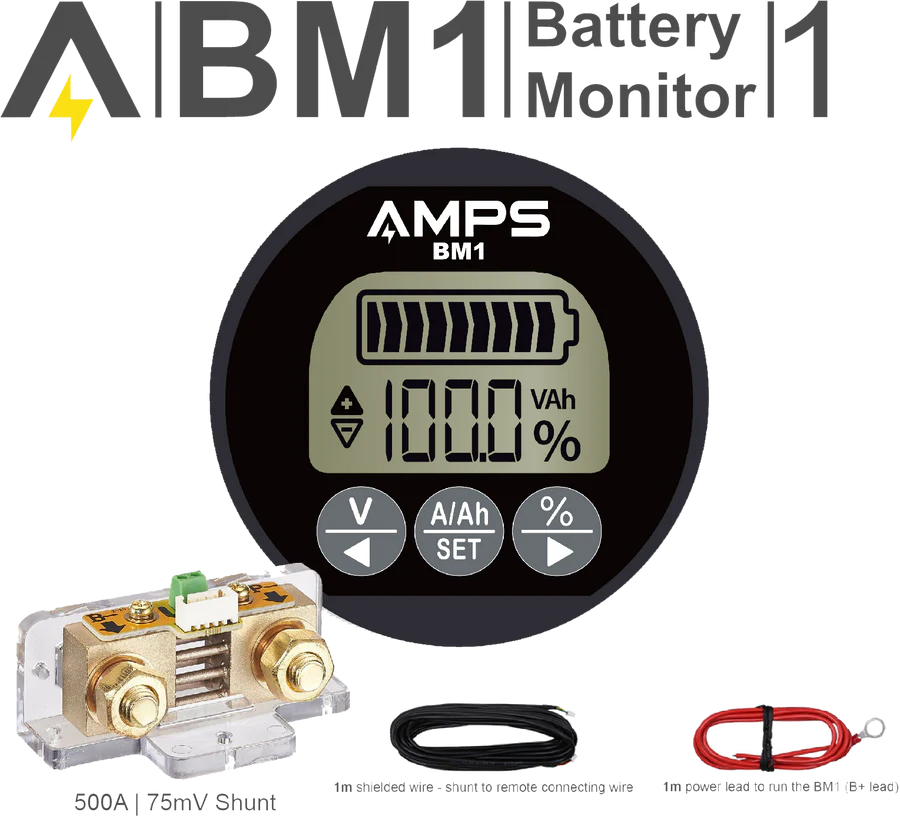
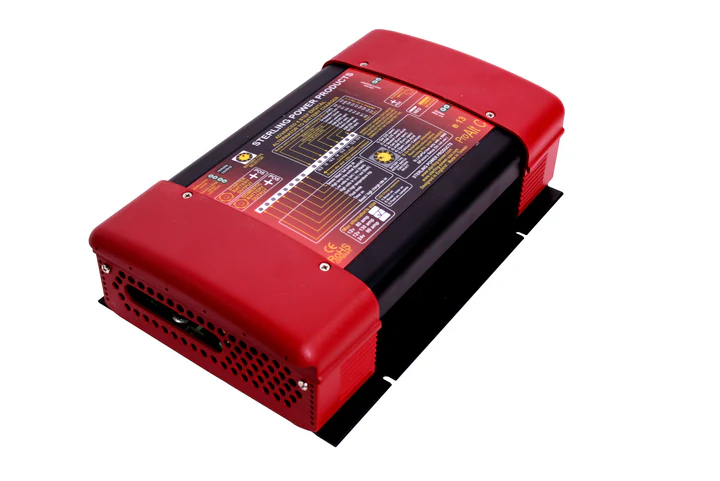
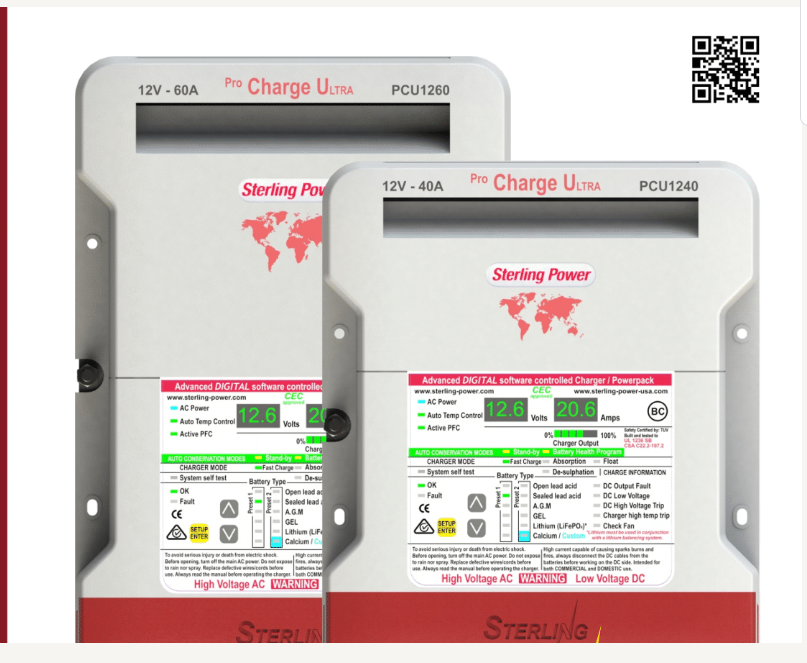
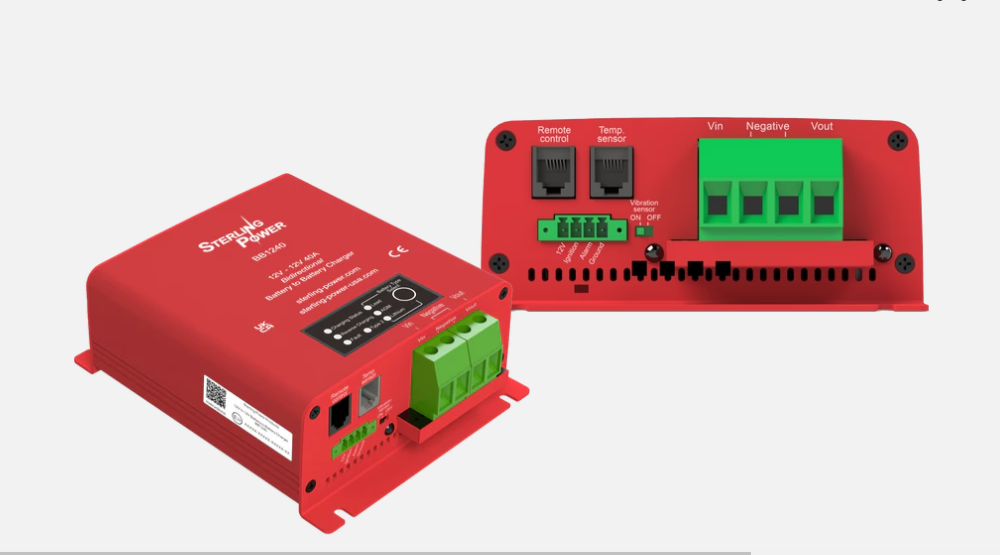

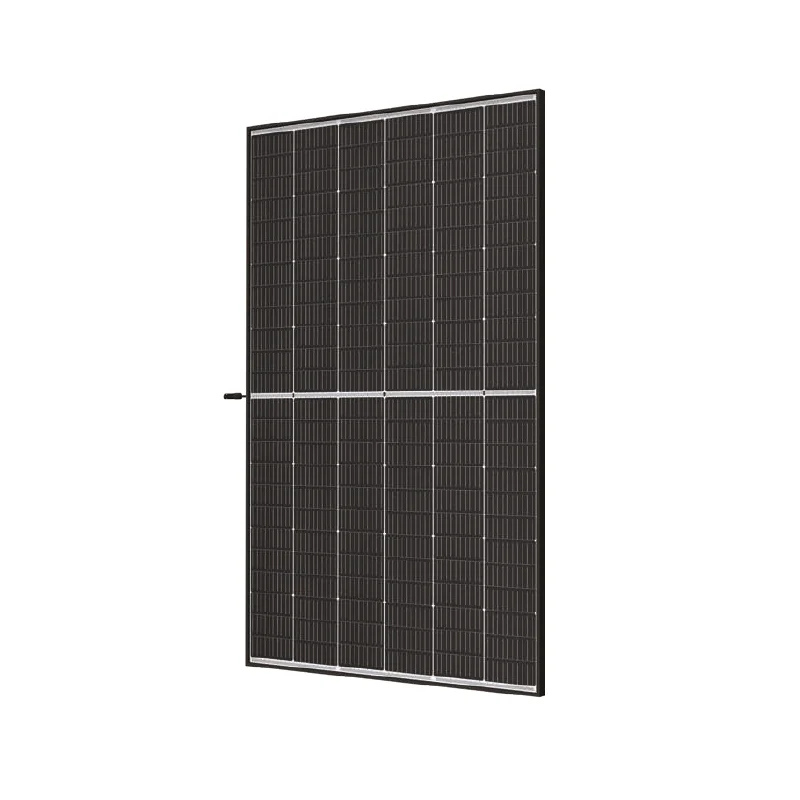
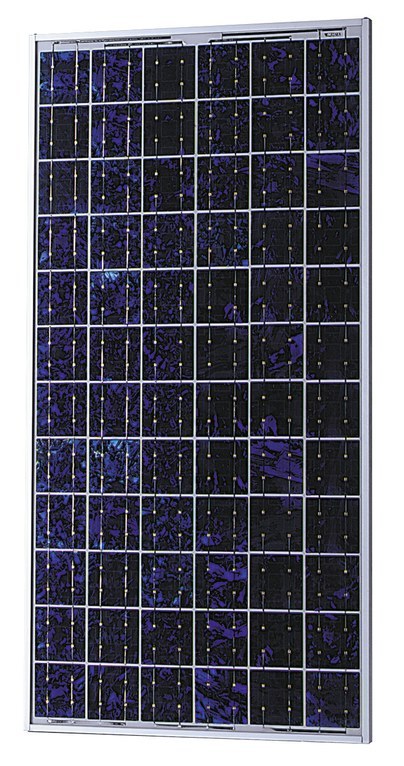
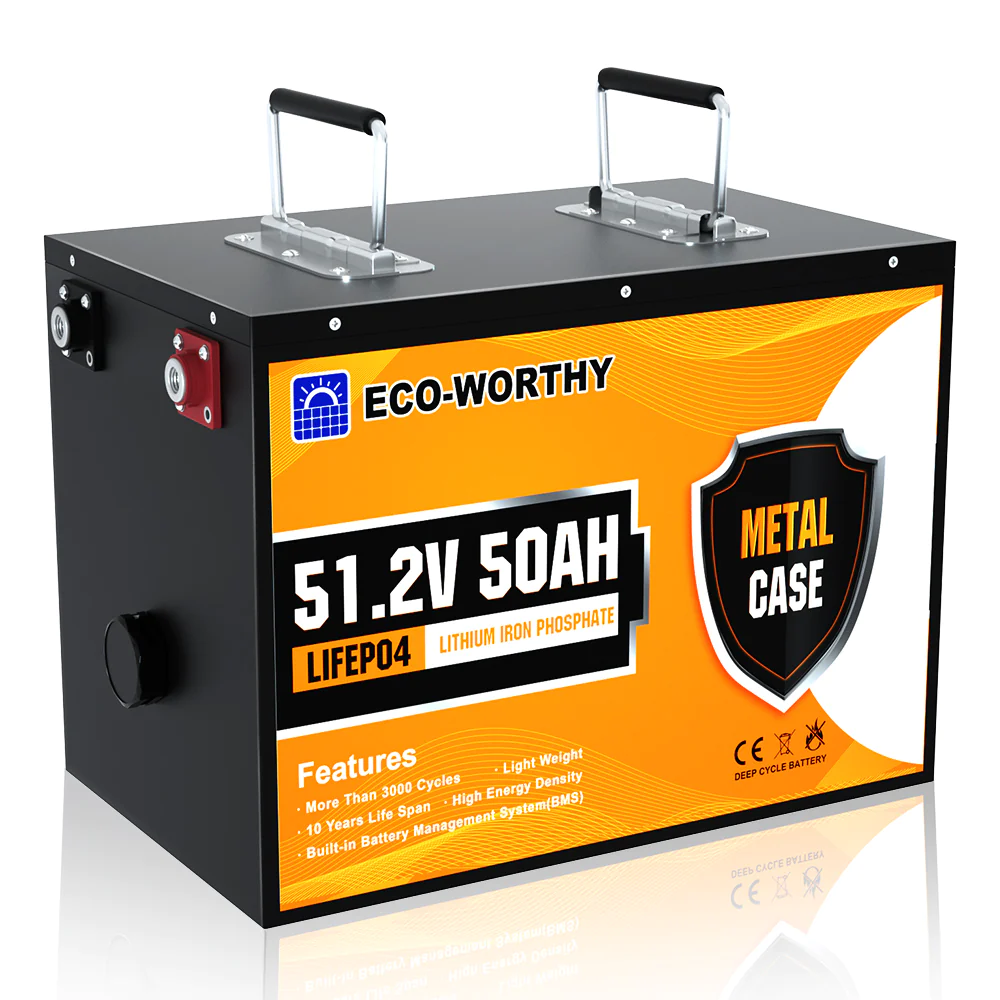

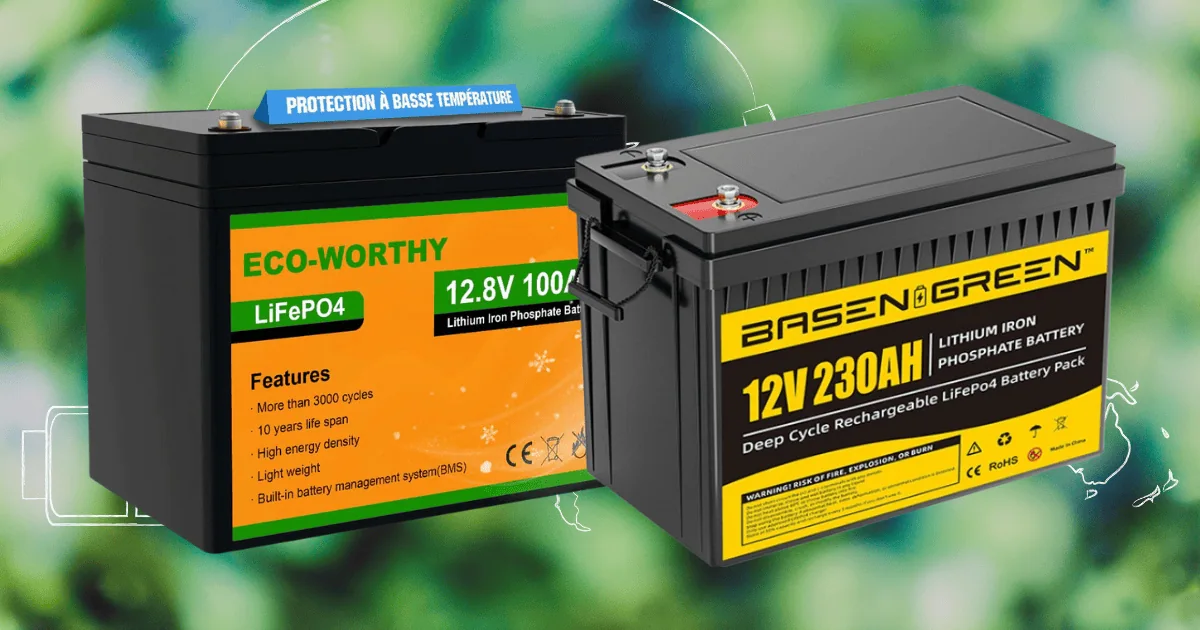
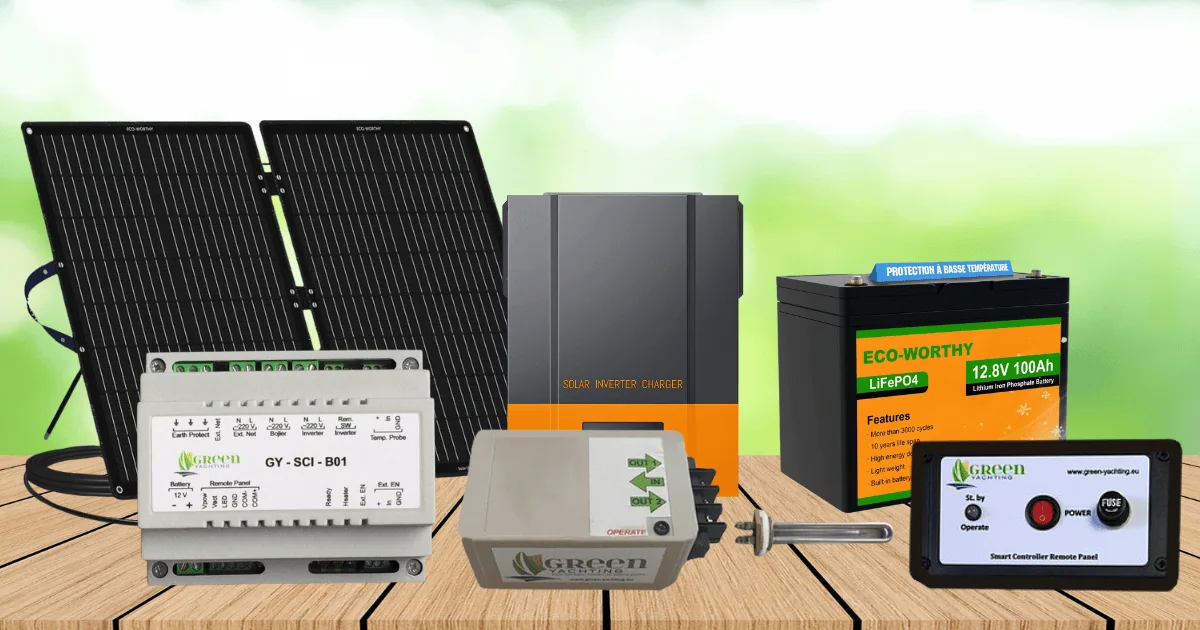


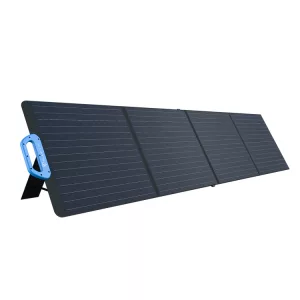 120w Bluetti folding solar panel
120w Bluetti folding solar panel